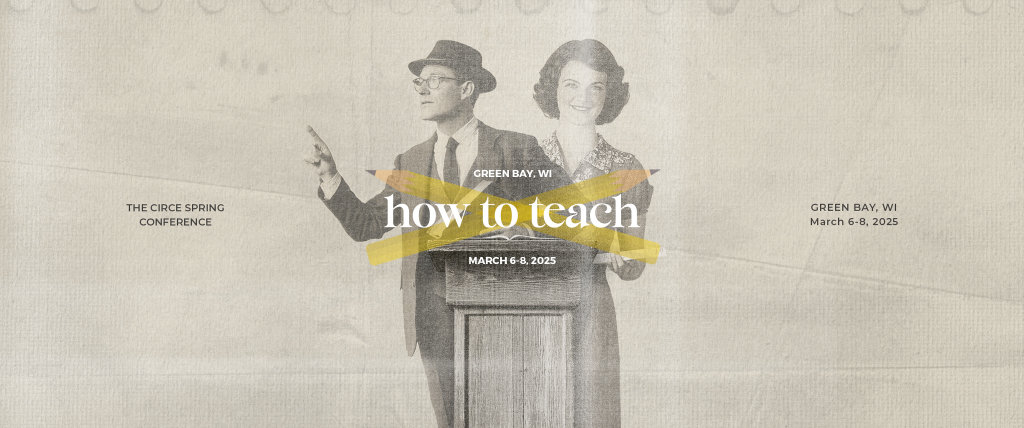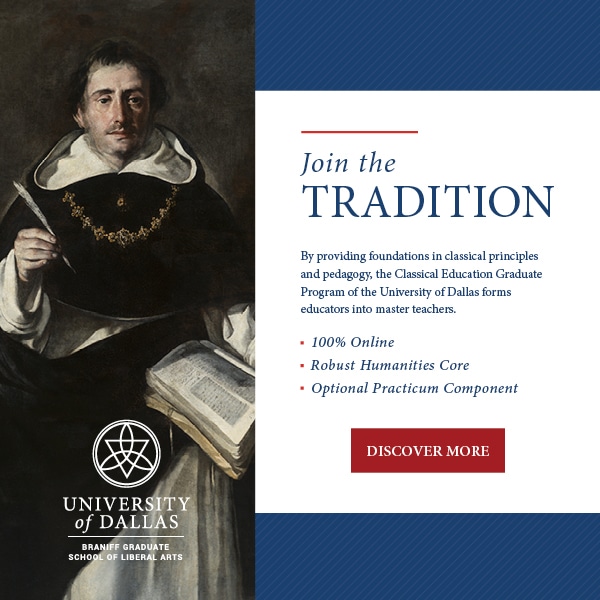How to Think About Everything

The formal structure of reality, the foundation on which everything is based, enables you to think more clearly about anything.
In every experience, moral, artistic, athletic, philosophical, even spiritual, there are three participants:
The actor, artist, or producer
The audience, viewer, or percipient (i.e., one who perceives with his senses)
The action, object, or artifact
Neither of these three is the master of the experience, none is the standard by which the experience is measured.
For example, when you teach you are the actor or artist, the student is the audience or viewer, and the lesson is the object or artifact.
If you the teacher were the master, as in teacher-centered teaching, then the goal of the student would be to anticipate your will and conform to it. Whether this is good or not depends on something other than your will, and therefore, your will is not the master.
On the other hand, if your student were the master, as in child-centered teaching, then the goal of the student would be to determine and express his own well. Whether this is good or not depends on something other than the students will, and therefore the will of the student is not the master.
And yet, if the lesson or artifact were the master, as in text-driven teaching, then the goal of the student would be to reproduce the text or artifact for its own sake. Whether this is good or not depends on something other than the external form and content of the text, and therefore the artifact itself is not the master.
You can run any action or artifact of any sort through the same analysis and draw parallel conclusions.
It is not the musician, the audience, or the song that is the standard by which musician, audience, and song are measured.
It is not the painter, viewer, or work of art that is the standard by which painter, viewer, or work of art is measured.
And just to be clear, any short-sighted complaints about whether the work should be, for example, enjoyed instead of measured, can be easily identified by examining it in light of this form of apprehension.
“Why are we “measuring” music, when we should just be enjoying it?” implies that it should be measured by my pleasure, that I am, therefore, the standard by which the music should be measured. This is good for the musician who performs for money and can move an audience, but it is not productive of good and worthy art.
There are three artistic heresies that correspond to each of these false gods of action and art:
When the audience is master, the heresy comes under a term I am using very precisely and therefore dangerously for some of you who know about art history, yet it captures the idea: impressionism.
The heresy of impressionism is that the purpose of art is to impress the viewer.
When the artist is master, the heresy comes under a term that is more closely related to the actual movement that named itself this way: expressionism.
The heresy of expressionism is that the purpose of art is to express oneself as artist, author, or actor.
When the artifact itself is master, the heresy is formalism. You see it in phrases like, ars gratia artis (art for art’s sake) or much modernist art.
Each of these heresies permeates the way we educate children, which is why I spend so much time worrying out what they mean and figuring out the effect on children.
For example, when we teach children to construct their own meaning from a text, we’ve made the children master, and are committing the heresy of impressionism. It comes under the literary theory of “reader-response.”
Now, it is crucial to understand that heresies always take a legitimate activity or feature of reality and disorder things by exalting that activity beyond its rightful place.
It is obvious that an artist will express himself in a work of art. He ought to. But he ought not to make his self-expression the standard of measure, the governing principle, the guiding motive of the activity.
It is also obvious that a good work of art will impress a percipient, if he has eyes and ears to see and hear. And there’s the rub. The work of art ought to expand and enlighten and illumine the viewer, the way a lesson ought to expand the child’s ability to perceive reality. Therefore, the viewer or the child cannot be the master, judge, standard, or principle unless you want to ensure that he is harmed by the experience.
And it also obvious that the work of art should be formally excellent, that its matter should be formed into something wonderful, that a method or a mode of production should be applied to turn chaos into order. But if the work of art is ultimate, then it won’t allow the artist to express himself (except by coincidence), it won’t enlighten the audience (except by accident), and it won’t mean anything other than itself, which defies the purpose of anything that is an image, as all art is and as we are.
Therefore, the work of art cannot be the master, judge, standard, or principle of its own being.
There is only one thing that can bring these three participants in any experience into harmony. And here is what I cannot emphasize strongly enough:
This does not apply only to the arts or to school. It applies to the way you decorate your home, make your bed, choose and care for your car, and go on vacation.
The only thing that can bring harmony to all being is the form of truth itself, which is The Incarnate Logos.
Christ is the form of Truth, which is one meaning of Logos.
When an action or an artifact embodies a logos, it is not measured by itself, its audience, or its maker but by the logos it embodies.
That is why when you teach your child to write an essay, the most important thing you need to teach him is how to identify the thesis, or controlling idea, of the essay. That is its logos.
And the second most important thing you need to teach him is how to embody that logos in an argument, with narratio, proof, and refutation.
That is why when you teach your child to paint, the most important thing you need to teach him is to see.
That is why when you develop a lesson, the most important thing you need to clarify is your point, the idea or truth you want your child to apprehend or even comprehend at the end of the lesson.
If you can make yourself a vessel by which a logos (idea, truth, principle, etc) can be made incarnate (in an action, a lesson, a song, a painting, etc. etc.) then you will move an audience (because a human audience loves to see a logos embodied), you will express yourself (because your best self is full of these logoi), and you will produce a fine artifact (because the best works of art and action embody logoi effectively).
Maybe best of all, in so doing, you will be working and acting and even being the way The Logos Himself works and acts and is: you will be an incarnate word, an image only, but an image nonetheless of The Incarnate Word.
And you will conform yourself to a reality that at every level is either an expression of the Incarnate Word in order to impress us with His glory through His works or is in discord with itself, and you will do so in a way that restores order and health and radiance to your own being, even if only at a very rudimentary, particular (literally) level.
The purpose of every art is to embody a logos and thus to bring artist, audience, and artifact into a harmony that reflects the harmony between the Logos, His creation, and His worshippers.
Andrew Kern
Andrew Kern is the founder and president of The CiRCE Institute and the co-author of the book, Classical Education: the Movement Sweeping America.









